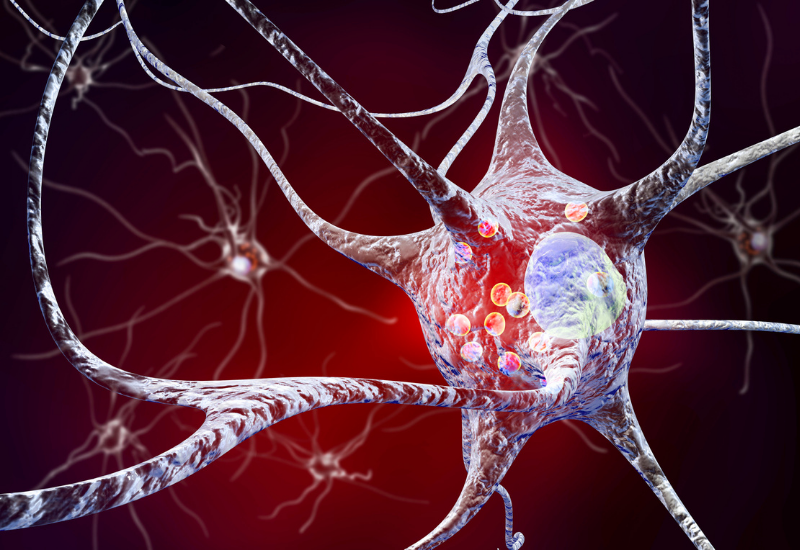Dementia with Lewy bodies is similar to Alzheimer’s disease in that it is caused by abnormal proteins forming in brain cells disrupting the chemistry of the brain and causing nerve cells death.
Accounting for roughly 10 – 15% of all dementias, it takes its name from the abnormal collections of protein, known as Lewy bodies, which occur in the nerve cells of the brain.
Lewy bodies dementia is complex and symptoms can include hallucinations, changes in alertness, and sleep disturbances. It often affects the person’s ability to think and move. Memory is usually less affected than in the early stages of Alzheimer’s disease.
There are two subtypes of Lewy body dementia, the main difference between them being when symptoms first occur:
- Dementia with Lewy bodies: Changes in thinking, visual perception, and sleep occur initially and problems with movement occur at the same time or later.
- Parkinson’s disease dementia: Symptoms of Parkinson’s occur first, followed by cognitive changes. It’s important to note that not all individuals with Parkinson’s will go on to develop dementia – but that their risk is greater.
As both conditions progress, symptoms will become more similar and activities of daily living will become more difficult.
Symptoms
- Concentration and attention – can seem drowsy and lethargic
- Visual hallucinations
- Sleep patterns – can be restless and experience intense dreams or nightmares
- Movement and balance – may experience slow movement, difficulty in walking, shuffling, experience tremors
- The inability to judge distances
- The inability to reason
